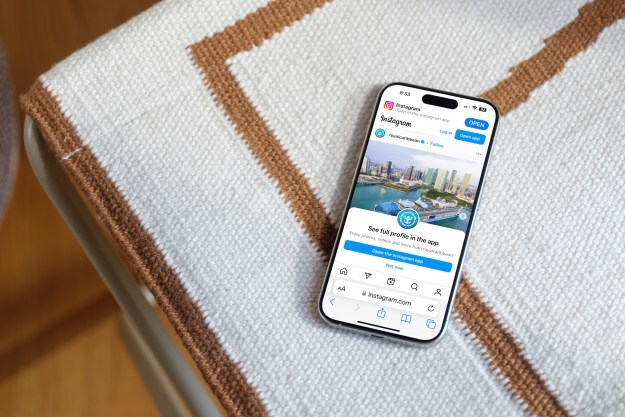
Struggling WiMax operator Clearwire has announced a new deal with majority-owner Sprint that will see the mobile operator sinking up to $1.6 billion into ClearWire during 2012 and 2013 for ongoing WiMax service along with potential equity investments and pre-payments for LTE service. The deal gives Clearwire a much-needed cash infusion with which to add LTE capability to its existing 4G WiMax network. In turn, Sprint gets unrestricted access to Clearwire’s existing 4G WiMax network to power its existing and forthcoming WiMax teechnologies through 2015, and allows Sprint to re-wholesale Clearwire WiMax services as Sprint continues to build out its own 4G network.
“Today’s announcement further cements the mutually beneficial relationship between our two companies,” said Clearwire CEO and president Erik Prusch, in a statement. “It is an important step toward meeting Clearwire’s key goals of extending our current 4G network arrangement, securing a commitment to our future LTE Advanced-ready network, and funding the business. We continue to move closer to realizing the full value of our deep spectrum resources as we are uniquely positioned to meet the rapidly growing demand for 4G mobile broadband.”
Under the deal, Sprint will pay Clearwire some $926 million for unlimited access to Clearwire’s WiMax network in 2012 and 2103: roughly two-thirds of that money flowing into Clearwire’s coffers during 2012. For 2014 and beyond, the agreement establishes long-term usage-based fees Sprint will pay to Clearwire for use of the company’s WiMax network. Sprint is also allowed to re-wholesale Clearwire WiMax services as Sprint continues to expand its own WiMax network.
The new agreement with Sprint and Clearwire also sees Sprint paying Clearwire up to $350 million in payments over the next two years to help Clearwire overlay LTE service on its existing WiMax network—assuming Clearwire can meet pre-defined network specs and built-out targets. The agreement also sets up usage-based long term pricing for Sprint access to Clearwire LTE services in 2012 and beyond once they’re running.
Clearwire has previously stated it needs $1 billion to roll out LTE service to its existing WiMax network, and Sprint’s $350 million towards that goal isn’t nearly enough. Here’s where Sprint has put a cherry on top of the deal: Clearwire is going to go out and look for additional funding, and if the company can come up with between $400 and $700 million in new equity, Sprint will kick in up to $347 million in additional funding on a pro-rata basis: the more money Clearwire raises, the more money Sprint will contribute.
In a sense, the deal represents a bit of a last-minute rescue for Clearwire: the company had warned last quarter that they may not be able to make debt payments due December 1 due to the company’s tight financial situation. As part of today’s deal, Clearwire announced it has made $237 million in interest payments on its first priority, second priority, and exchangeable notes that were due today. Clearwire still faces major financial challenges, but for now the knife has been removed from its throat.


